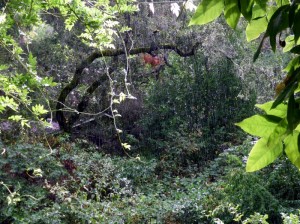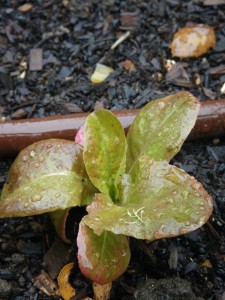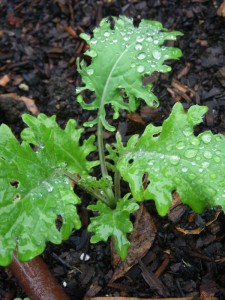In California we have a long, dry summer. When the rains come in the Fall it is truly time for rejoicing. But, the rain isn’t just water, it’s also incredibly useful fertilizer. You may have noticed that your plants really perk up after a rain. Much more so than just using your irrigation system.
The largest single source of nitrogen is in the atmosphere. However, plants are unable to use nitrogen as it exists in the atmosphere. Nitrogen from the air (N2) enters the nitrogen cycle through several unique types of microorganisms that can convert N2 gas to inorganic forms usable by plants. Some of these microorganisms live in the soil, while others live in nodules of roots of certain plants. Rain droplets pick up nitrogen in the air and through mineralization increase the available nitrogen in the soil in a form that the plants can readily use.
All that just to say, we really love the rain. Of course, nature is much more complicated than that. Pollution in the air can cause acid rain, which is not a good thing for your plants. You can read more about nitrogen here.
The process which converts atmospheric nitrogen into plant available nitrogen needs moist soil and warm temperatures. In order for the rain to penetrate into your soil you need to make sure your soil is loose, not compacted and preferably with mulch or compost added to the surface.
Healthy soils, make healthy plants, make healthy people.

 Follow
Follow




Sorry, the comment form is closed at this time.